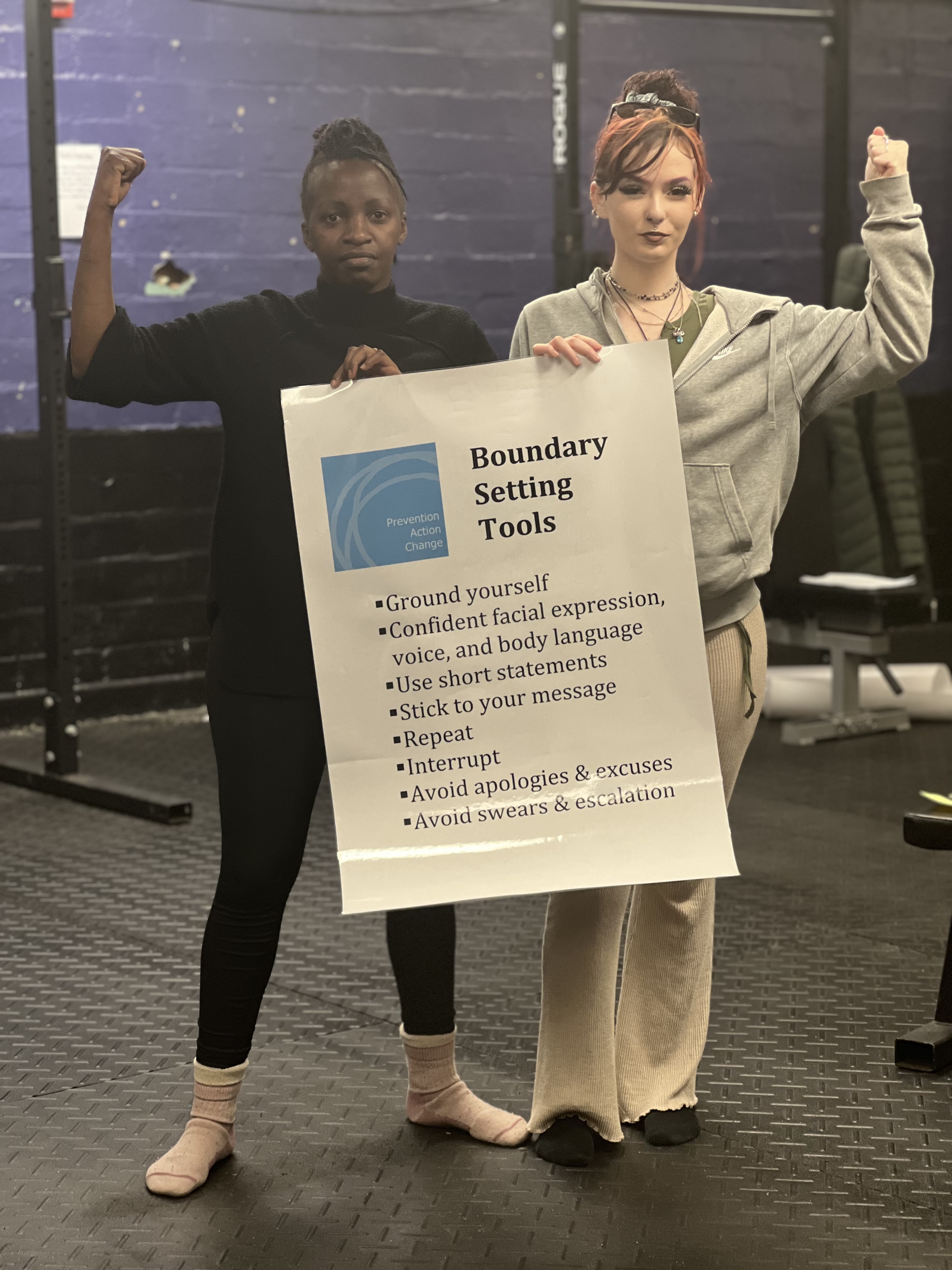Many people have the impression that to learn to protect themselves against everyday dangers they have to learn a martial art—they have to learn Michelle Yeoh’s or Bruce Lee’s techniques.
This simply isn’t true.
While many martial arts evolved as self-defense systems, they suited the needs of a people in a specific time and place (for example, fighting with weapons on horseback in 17th century Korea). And they don’t necessarily translate well to practical, modern-day needs.
Instead, empowerment self-defense techniques are those you would use for the real dangers those targeted for gender-based violence–primarily women, LGBTQIA+ people, and non-binary people face in our society today, such as harassment, abuse, and sexual assault. These are best addressed through a quality empowerment self-defense class.

| Self-defense | Martial Arts | Both | |
|---|---|---|---|
| Physical Effort and Ability |
|
|
|
| Confidence and Situational Awareness |
|
|
|
| Learning Curve |
|
|
|
| Social and Historical Awareness |
|
||
| Personal Development |
|
|
|
| Connections Beyond the Classroom |
|
|
|
